QuestionQUESTION: This is my first Drum Horse. I have had her since she was 7 months old. She will be two in July 2009. She weighs about 1300 lbs and is about 16 hands tall. We live in NW Georgia. She is lunged for about 20 minutes once a week.She is UTD on all shots and is wormed regularly. My trainer has been feeding her 3 (3 Qt) scoops of Triple Crown growth twice a day. This gets topped with 4 cups of rice bran and .25 cup vegetable oil, half a hand full of baking soda, 1 oz scoop of minerals. I worked it up and each quart of feed weighs about one pound. Excluding the topping she is getting 18 pounds of feed per day.
Thank you,
Jane
ANSWER: Dear Jane,
So sorry for the delayed response. I don't actually see a clear question and assume you want to know if your horse is getting enough feed?
I assume she is getting some hay as well as the Triple Crown? If not then at 18lbs a day she is just getting over 1.5% of her body weight a day and I would be happier if she were closer to 2%. I am also not a huge fan of feeding a lot of fat. While your horse is a draft type horse and should not be fed high sugar as these breeds are at greater risk of muscle issues set off by high sugar diets, feeding high fat can lead to other problems such as insulin resistance. There is already 10% fat in the triple crown and then to add to that with high fat rice bran and vegetable oil makes for quite a bit of fat. On top of that the fat is mostly omega-6 fatty acids rather than omega-3's. Omega-6 fatty acids are pro-inflammatory and the horses natural diet is higher in omega-3 which is anti-inflammatory. I would get rid of the vegetable and feed 4oz of ground stablized flax instead. I would also feed more hay rather than the rice bran. The Growth by triple crown is a good feed so stick with that. Here is what tey recommend
"If feeding less than 5 pounds of Triple Crown Growth on a regular basis due to easy maintenance of desired body condition then 1/2 to 1 pound per day of Triple Crown 30 Supplement should also be fed in combination with Triple Crown Growth as means to insure adequate mineral and vitamin intakes to support sound growth."
I would not want to feed more than the amount of growth than you are and personally I would feed less and make up the extra with hay. Slow growth is important with these big guys to insure good bone development.
Clair Thunes, PhD
Independent Equine Nutritionist,
Equilibrate Equine Consulting,
www.equilibrateequine.com
info@equilibrateequine.com
---------- FOLLOW-UP ----------
QUESTION: I just read an article by by Beth A. Valentine, DVM, PhD who is the co-author of Draft Horses, an Owner's Manual and
she is a graduate of the Veterinary College at Cornell University. She recommended a high fat diet for draft horses. I am confused.
AnswerJane,
Dr Valentine believes that high fat feeding is good for drafts because of their increased risk of getting EPSM a muscle myopathy common in draft breeds when they are fed diets high in starch and sugar. However when there is a lot of fat in the blood the body thinks it is starving. The only time in a natural situation that a horse would have high fat in the diet is if there was not enough carbohydrate as an energy source, it would then mobilize body stores of fat for use as an alternative energy source. Horses natural diets are only about 6% fat so any higher than this would be due to fat released from the body. Fat can be used for an energy source as a way of saving glucose. Glucose is the only fuel that the brain can use period. So if the body thinks it is starving it will start to use fat for muscle function so it can spare the glucose for brain function. The effect this has is that the fat prevents muscles from using glucose as an energy source. This is a very clever mechanism for survival.
However, if you horse is not really starting and you are just feeding a high fat diet the same thing will happen, the body doesn't know the different it just knows blood fat levels are high. This will in the long run make muscle cells less sensitive to insulin which is the hormone needed for muscles to use glucose. This may therefore lead to what is known as insulin resistance which has its own series of problems and puts horses at greater risk of laminitis.
My personal belief is that I try to feed horses as close to they would be fed naturally so about 6% fat in the diet (grass is about 6% hay is about 3% as the omega-3's are lost curing curing which is why I advise supplementing omega-3 to hay fed horses) and relatively low starch and sugar. While feeding high fat may be a good idea if you have a diagnosed problem (although I'm not convinced about this) I don't think it is a good all the time. The EPSM group on yahoo led by DR Eleanor Kellon is fiding that feeding EPSM horses normal levels of fat but supplementing them with acetyl-carnitine which helps get the fat into the muscle cells is actually working very well if not better than feeding EPSM horses high fat diets, this makes a lot of sense to me.
I hope you are less confused now.
Clair Thunes, PhD
Independent Equine Nutritionist,
Equilibrate Equine Consulting,
www.equilibrateequine.com
info@equilibrateequine.com

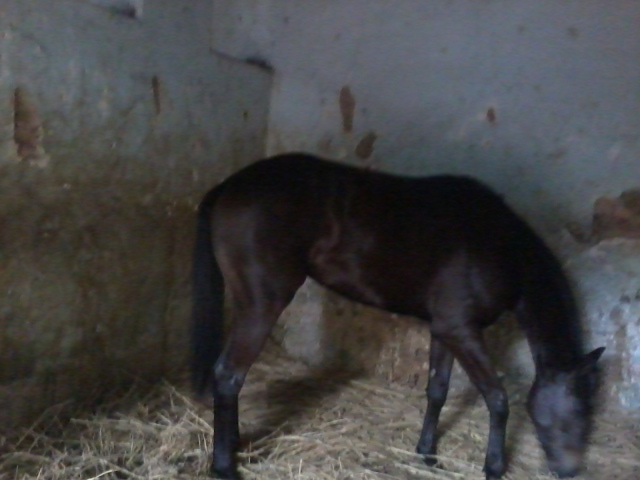 raw milk for under developed baby horses
Question
under developed
hello maam. top trainer
raw milk for under developed baby horses
Question
under developed
hello maam. top trainer
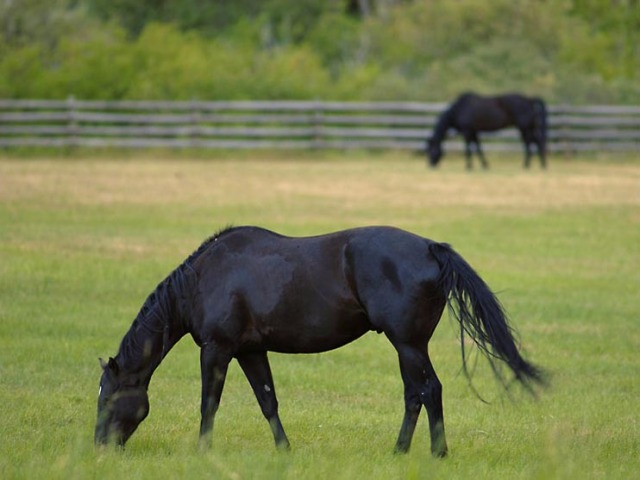 relaxing at poll
Questionrelaxing at poll
QUESTION: hello maam, d
relaxing at poll
Questionrelaxing at poll
QUESTION: hello maam, d
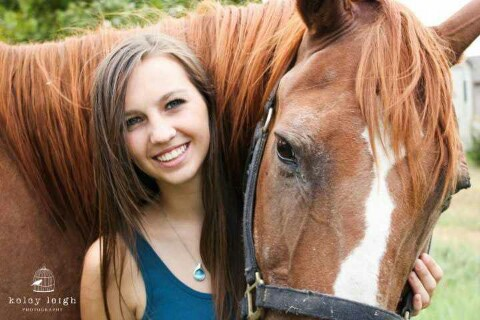 Senior Winter Care
Question
Doc and I
My horse is 29 and will turn
Senior Winter Care
Question
Doc and I
My horse is 29 and will turn
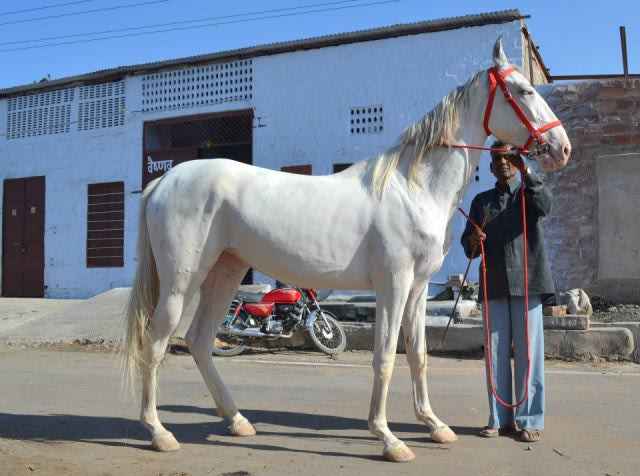 strong or weak
Question
strong or weak
hello maam, how this hor
strong or weak
Question
strong or weak
hello maam, how this hor
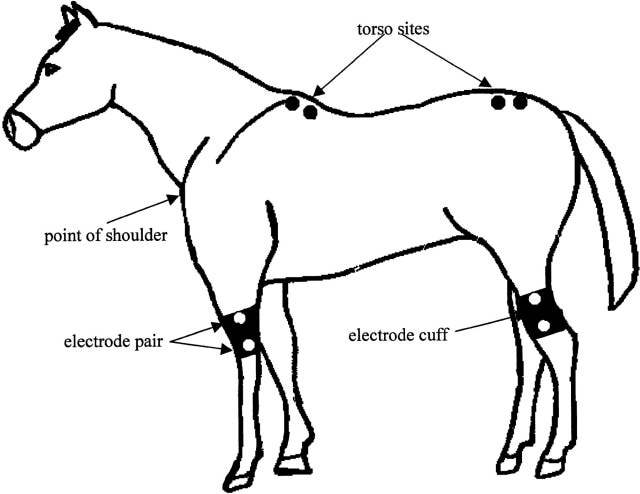 diagram representing
Question
diagram represent
hello maam, can you p
diagram representing
Question
diagram represent
hello maam, can you p